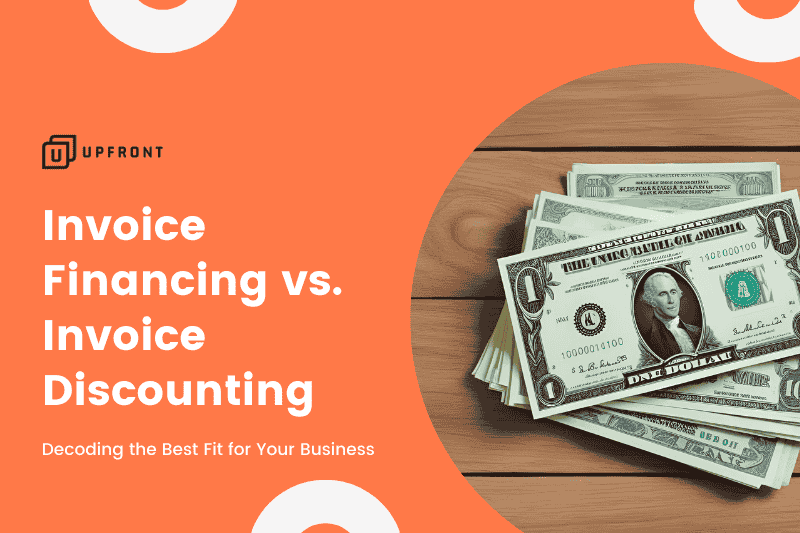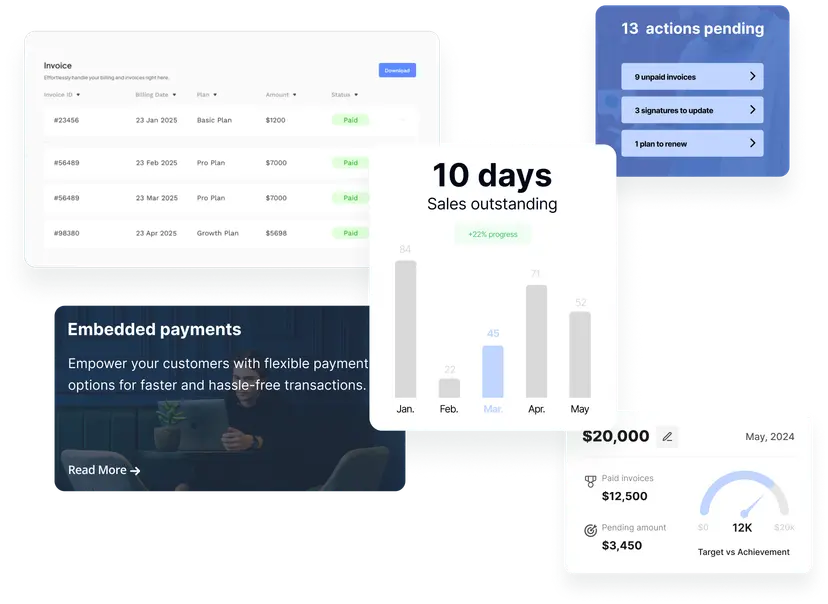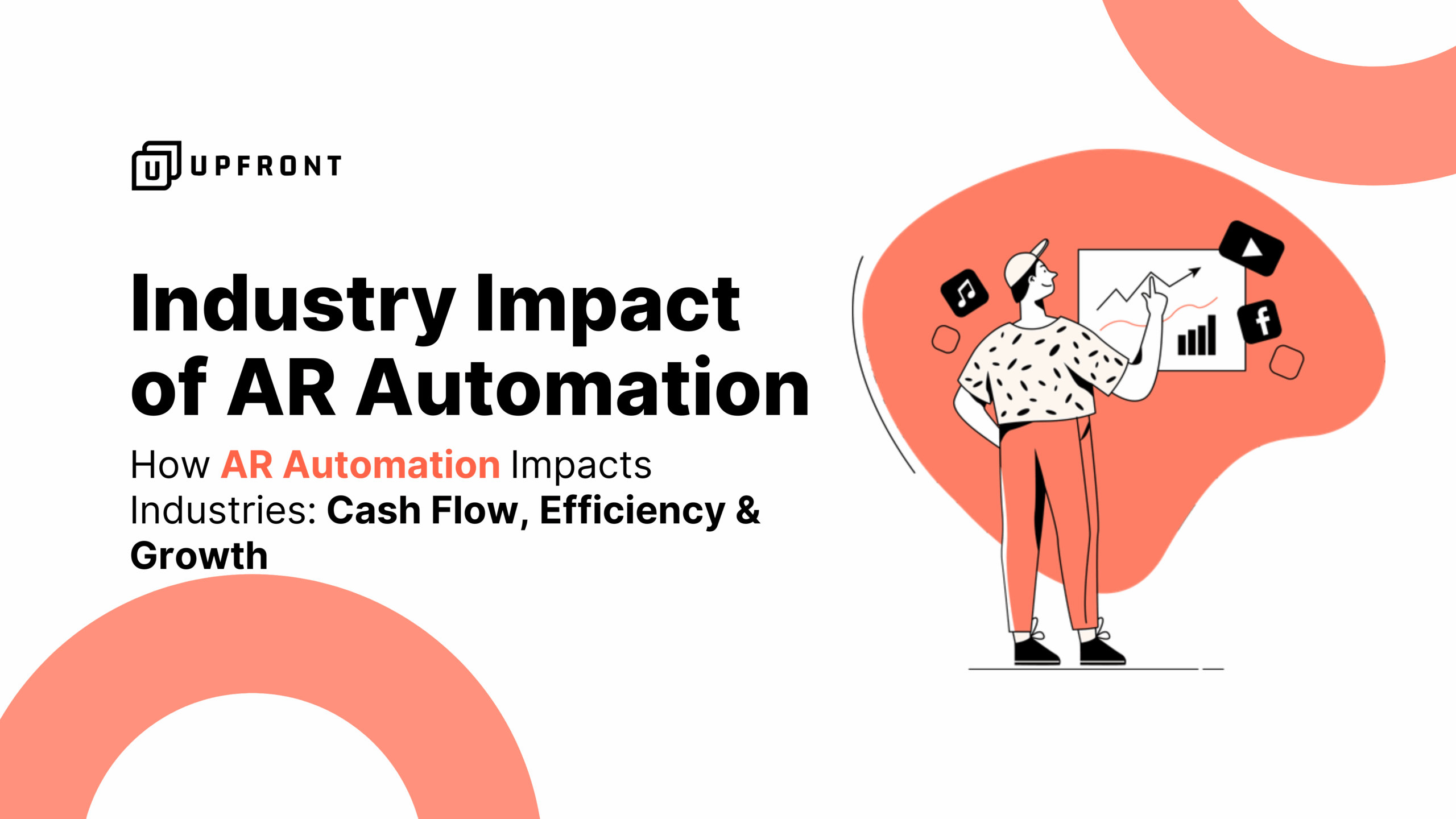What’s the difference between invoice financing and discounting ?
Managing cash flow is crucial for businesses, especially SMEs and startups. One of the most effective cash flow financing options for SMEs is leveraging unpaid invoices through solutions such as invoice discounting and invoice financing. But what’s the difference? Which model best suits your business needs?
This comprehensive guide explores invoice discounting vs invoice financing, their benefits, examples, calculators, and comparisons with factoring and bill discounting—empowering you to choose the right AR financing solution.
What is Invoice Financing?
Invoice financing—also called accounts receivable financing—allows businesses to borrow funds against outstanding invoices. The lender advances 80-90% of the invoice’s value immediately, with repayment completed when the customer settles the invoice.
Key Features:
- Business retains full control of the sales ledger.
- Customer remains unaware of the financing arrangement.
- Flexible, scalable based on invoice volume.
Example:
For a $50,000 invoice, the lender might advance $45,000. When the customer pays in full, fees are deducted, and the balance returned to the business.
GetUpfront Use Case:
Companies using GetUpfront’s platform can integrate invoice financing into their AR workflows for real-time visibility—boosting cash flow without disrupting customer relationships.
What is Invoice Discounting?
Invoice discounting involves selling unpaid invoices to a third-party financier at a discount. The financier pays a lump sum upfront and collects the invoice directly from your customer.
Key Features:
- Usually disclosed to the customer.
- Transfers collection responsibility to the financier.
- May qualify as off-balance-sheet financing.
Example:
A $50,000 invoice sold for $48,000 gives immediate cash, while the financier recovers $50,000 from the customer.
GetUpfront Use Case:
Through AR analytics, GetUpfront clients can evaluate invoice discounting vs invoice financing to identify the most suitable cash flow solution.
Invoice Discounting vs Invoice Financing: Key Differences
| Feature | Invoice Financing | Invoice Discounting |
|---|---|---|
| Customer Contact | Business retains control | Financier interacts directly |
| Balance Sheet Impact | Appears as liability (debt) | Off-balance-sheet option |
| Control of Receivables | Maintained by business | Handed to financier |
| Confidentiality | Customer unaware | Customer notified |
| Funding Criteria | Based on invoice value/quality | Financier’s risk preference |
| Best Suited For | Stable SMEs with strong AR teams | Companies needing fast cash |
Invoice Discounting vs Invoice Financing Calculator Example
Let’s illustrate this comparison using a $100,000 invoice:
- Invoice Financing: 85% advance, 2% fee = $85,000 upfront, $2,000 fee
- Invoice Discounting: 95% upfront, 5% discount = $95,000 cash received
Net Cash Position:
- Invoice Financing: $98,000
- Invoice Discounting: $95,000
Upfront users can leverage its AR platform’s built-in invoice discounting vs invoice financing calculator to simulate these scenarios in real-time.
Invoice Discounting vs Factoring
Businesses often confuse invoice discounting vs factoring. While both offer AR financing solutions, key differences exist:
| Feature | Invoice Discounting | Invoice Factoring |
|---|---|---|
| Ledger Management | Handled by business | Managed by the factor |
| Customer Notification | Possibly undisclosed | Always disclosed |
| Risk Assumption | Business bears the risk | Factor may offer non-recourse factoring |
Upfront’s AR analytics helps determine whether invoice discounting vs factoring is best for your receivables strategy.
Invoice Financing vs Factoring
Another common confusion is invoice financing vs factoring:
| Feature | Invoice Financing | Invoice Factoring |
|---|---|---|
| Receivable Ownership | Retained by business | Sold to factor |
| Risk Handling | Risk remains with business | Factor may absorb risk (non-recourse) |
| Customer Relationship | Business maintains it | Factor controls communication |
Upfront provides tools to assess invoice financing vs factoring, ensuring SMEs make informed AR financing decisions.
Invoice Discounting Benefits
Key invoice discounting benefits include:
- Immediate working capital injection.
- Off-balance-sheet treatment improves financial ratios.
- Outsourcing collections reduces internal workload.
Yet, potential downsides like customer awareness or higher discount rates must be weighed carefully.
Bill Discounting: An Alternative Option
Bill discounting refers to selling trade bills or promissory notes at a discount to banks for early cash access—different from standard invoice discounting but useful for liquidity management.
Upfront’s platform enhances visibility over such receivables, allowing strategic decisions on using bill discounting alongside other AR financing solutions.
Exploring invoice financing or discounting in the UAE?
Upfront offers flexible AR funding solutions tailored for UAE businesses — whether you need fast cash flow via invoice financing or prefer dynamic invoice discounting.
Book a Free Demo →FAQs on Invoice Financing vs Invoice Discounting
1. Is invoice financing the same as invoice discounting?
No. While both provide liquidity based on receivables, invoice financing involves a loan secured against invoices whereas invoice discounting involves selling the invoices to a financier at a discount.
2. What is the difference between bill discounting and invoice factoring?
Bill discounting covers formal trade bills used in import/export, while invoice factoring involves selling customer invoices to a factoring company that takes over collections.
3. What is another name for invoice financing?
Invoice financing is also known as accounts receivable financing or receivables-based lending.
4. What is the difference between invoice financing and invoice factoring?
In invoice financing, the business retains control of collections. In factoring, the financier collects payments from customers directly.
5. What is the meaning of invoice financing?
Invoice financing allows businesses to unlock funds tied up in unpaid invoices by borrowing against them, improving cash flow without waiting for customer payments.
6. What is the alternative to invoice finance?
Alternatives include bank overdrafts, business lines of credit, trade credit, and factoring services.
7. What is bill discounting also known as?
Bill discounting is also called trade bill discounting or simply trade finance.
8. Is factoring the same as discounting?
No. Factoring transfers the collection responsibility to the financier, while in discounting, the business usually retains this responsibility.
9. How risky is invoice discounting?
Invoice discounting carries risks such as customer default, concentration risk (reliance on a few customers), and potential damage to customer relationships if they are aware of third-party involvement.
Final Thoughts
For businesses evaluating invoice discounting vs invoice financing, factoring, or bill discounting, the ideal solution depends on cash flow needs, AR health, and customer reliability.
GetUpfront’s AR automation platform simplifies this decision with real-time data, cash flow simulations, and performance analytics—making it an essential partner in choosing the right AR financing solutions.
→ Decision advantage: AR Reporting Analytics → Operational agility: Streamlined Operations Automation → Productivity science: Automation Boosts Productivity → Tech comparison: Future of AR Automation AI Blockchain → Funding options: Invoice Financing vs Discounting UAE





